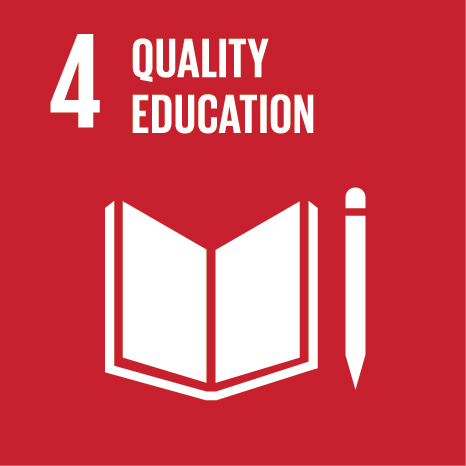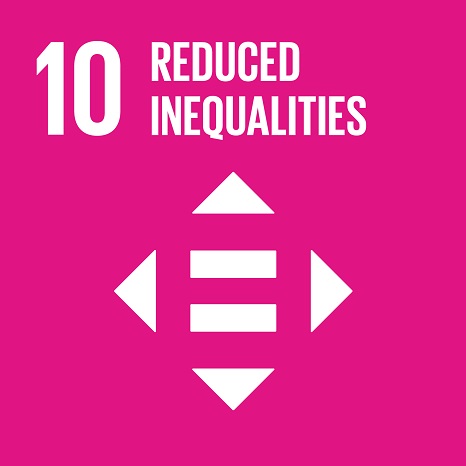Ciência_Iscte
Publications
Publication Detailed Description
The use of a video to reduce mental health stigma among adolescents
Journal Title
Adolescent Psychiatry
Year (definitive publication)
2015
Language
English
Country
Netherlands
More Information
Web of Science®
Scopus
This publication is not indexed in Scopus
Google Scholar
This publication is not indexed in Google Scholar
Abstract
Background: Childhood mental disorders are an issue of great public health significance given their impacts on education, family relationships, and other social outcomes. Mental distress and illness, especially emotional and behavioral problems and learning difficulties, are growing among youth, increasing the need for early recognition and treatment. Stigma has been shown to be one of the strongest barriers to access to mental health treatment among adolescents, but few interventions are available that focus on de-stigmatizing treatment for adolescents with mental distress. The aim of this paper is to present results from a pilot test of a video-based mental health de-stigmatization intervention administered in a school setting (N=207).
Method: Classrooms in the study school were randomly selected into the intervention or control group, with all students in each classroom belonging to the same group. Adolescents in the treatment group were shown the video and both groups were surveyed over three survey periods - pre, post and 1 month follow-up.
Results: The intervention significantly reduced scores on all three stigma scales for the treatment group at the post- time period. This decline in scores among the treatment group was significantly greater than the decline in scores observed in the control group. The decrease in perceived stigma remained greater for the treatment than the control group in the follow-up time period, though these results did not reach statistical significance. After adjustment for SES measures, grade, and sex, we identified significant intervention effects at the post time period on the Self-Stigma and Seeking Help Scale.
Conclusions: These preliminary results demonstrate that quick, low cost stigma reducing interventions can be successful in increasing access to mental health treatment for those in need.
Acknowledgements
--
Keywords
Contact strategy,De-stigmatization,Mental health,Video-based,School context,Youth
Fields of Science and Technology Classification
- Clinical Medicine - Medical and Health Sciences
Funding Records
| Funding Reference | Funding Entity |
|---|---|
| SFRH/BPD/48528/2008 | Fundação para a Ciência e a Tecnologia |
Contributions to the Sustainable Development Goals of the United Nations
With the objective to increase the research activity directed towards the achievement of the United Nations 2030 Sustainable Development Goals, the possibility of associating scientific publications with the Sustainable Development Goals is now available in Ciência_Iscte. These are the Sustainable Development Goals identified by the author(s) for this publication. For more detailed information on the Sustainable Development Goals, click here.

 Português
Português




